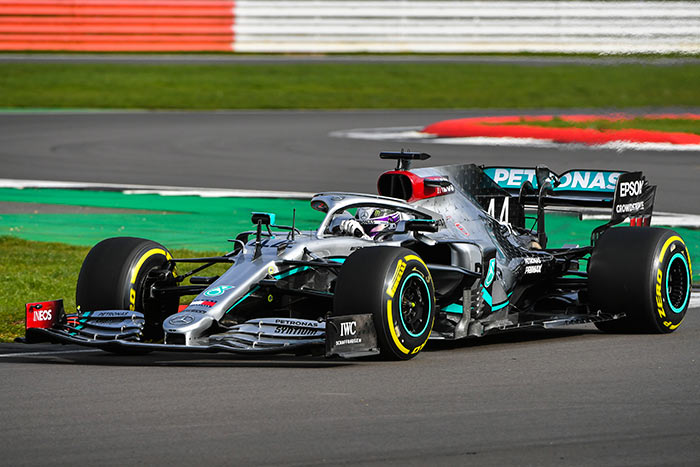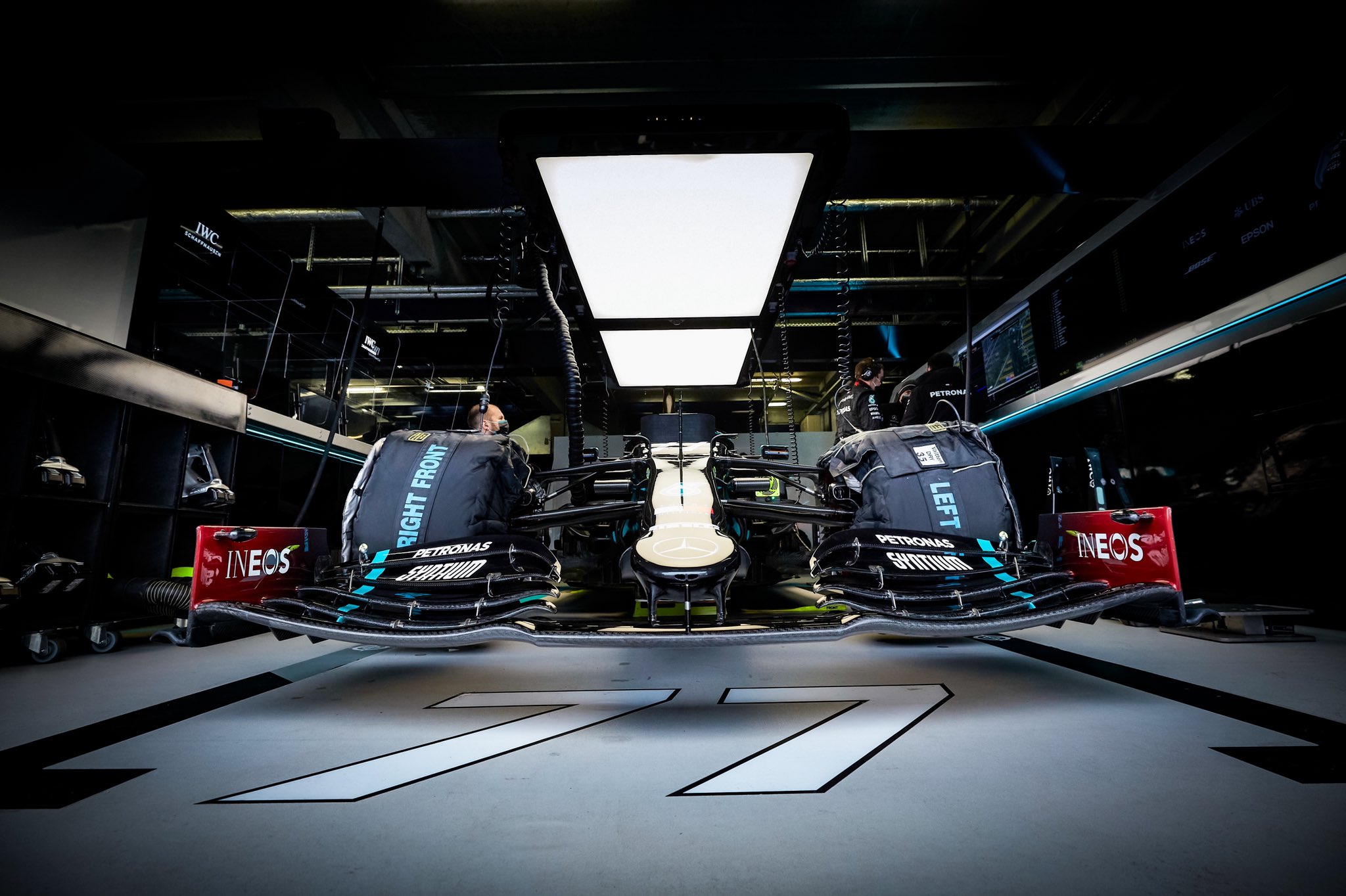jh199 wrote: ↑12 Oct 2020, 18:47
Big Tea wrote: ↑12 Oct 2020, 18:32
jh199 wrote: ↑12 Oct 2020, 01:22
Would someone mind explaining to me how DAS is used to heat the tires? The way I understand it is that using DAS reduces the front toe out. Toe out increases front tire scrubbing so using DAS would decrease tire scrub. Tire scrub can be used to heat the tires. So how does reducing tire scrub result in increasing front temperature?
Sorry if this is a silly question. I just genuinely don't understand how they use it to heat the fronts.
If you think of it as a switch, it can be 'normally' on or 'normally ' off
Could you elaborate a bit on this point? Are you saying "normally on" is when DAS is activated and thus, toe out is reduced? In this case there is more even surface heating across the front tires contact patch and therefore the driver has more control over front tire heating. And then "normally off" is when the front tires are in their toe out settings?
It depends on the setting and if normal is 'in' or 'out' with the steering wheel.
For simplicity, lets say 'normal' is parallel. (it probably will not be but a few deg off)
Call wheel toward the driver as off and can be either parallel or toe in/out by (say) 10deg
The options are to reduce toe for less scrub and more speed when wanted, or (if that is normal) to add toe and increase friction, reduce performance when not.
So 'on' can be adding toe, or reducing toe, depending on which is 'normal'Does that make sense?

PS, I hasten to add this is just MY theory, not from Merc
When arguing with a fool, be sure the other person is not doing the same thing.



